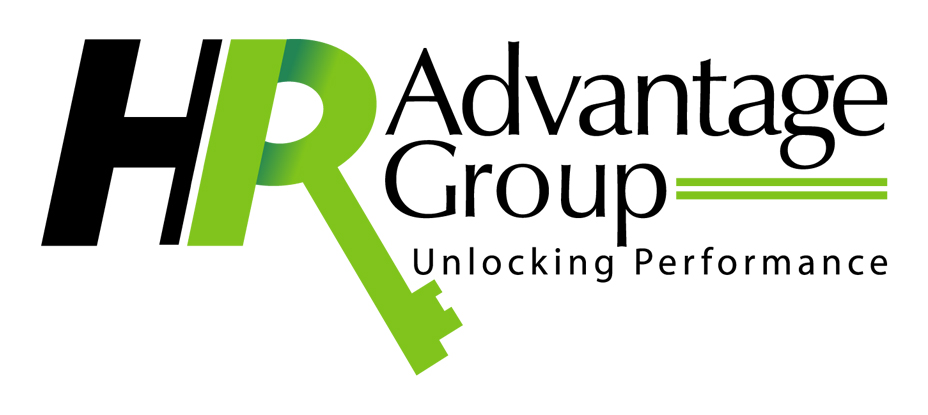COVID-19 has put the health and well-being of every employee at the front of everyone’s mind. Likely, you and your team are adopting new plans to limit the spread within your office. And, while we want to keep everyone healthy, there could be a time that you need to navigate through an illness with your team. Now is the time to take another look at your sick leave policy as well as your ‘on-the-ground’ response to an employee becoming ill at work.
To ensure the safely and well being of all employees, consider the following enhancements to current policies:
- Employees who are sick are required to stay home. If they are able, they can work remotely or use banked time or emergency sick leave (if applicable) to cover their absence.
- If an employee becomes ill at work, they should be sent home immediately and include distancing as much as possible; required to wear a mask and clean their workspace immediately.
- Conduct temperature checks as employees arrive to work. The EEOC (Equal Employment Opportunity Commission) has given the green light to employers to take body temperatures of employees being mindful that not every person with COVID 19 presents with a fever.
- Per CDC guidelines:
- Unconfirmed COVID 19 with illness
- At least 3 days have passed since recovery, with no abnormal fever for a minimum of 72 hours without the use of fever reducing medications;
- Respiratory symptoms have improved;
- 7 days have passed since the onset of symptoms.
- Confirmed COVID 19 with no illness (Employees who have tested positive but are asymptomatic should remain in isolation following their diagnosis)
- At least 7 days have passed since the date of their first positive test
- They have not become ill with symptoms
- For an additional 3 days post isolation, they continue to limit contact with others
- They wear a mask to limit potential dispersal of respiratory droplets
- Confirmed COVID 19 with illness but not requiring hospitalization
- At least 3 days have passed since recovery, with no abnormal fever for a minimum of 72 hours without the use of fever reducing medications;
- Respiratory symptoms have improved;
- No continuing illness or new symptoms have surfaced;
- Employee has at least two confirmed negative COVID 19 tests administered by a medical professional and spaced 24 hours apart.
- Confirmed COVID 19 with illness requiring hospitalization
- Recommended test-based strategy before returning high-risk and hospitalized employees to work.
- Unconfirmed COVID 19 with illness
While the above are suggestions, the CDC recognizes that some employers may want to apply more stringent criteria to allow staff members to return to work that could include a longer wait period post recovery and adhering to any recommended guidelines above and beyond what is outlined above.
Methods to protect your employee’s wellness are changing. And we should all be adapting to new policies and procedures to ensure continued health for everyone. As we adjust to a new normal, we also have to change how we best handle a sick employee. Our priority to make every office space as safe as possible. Our team is eager to help. Please reach out and ask for help as you get your team back together.
This content is intended as a general educational and informational resource only. It may not be used or relied upon as legal advice. HR Advantage Group, LLC makes no representations or warranties of any kind, express or implied, about the completeness, accuracy, reliability, suitability or availability with respect to the content of this or any other content. Any reliance you place on such information is therefore strictly at your own risk. In no event will we be liable for any loss or damage in connection with the use of this content, or supplemental information.


Recent Comments